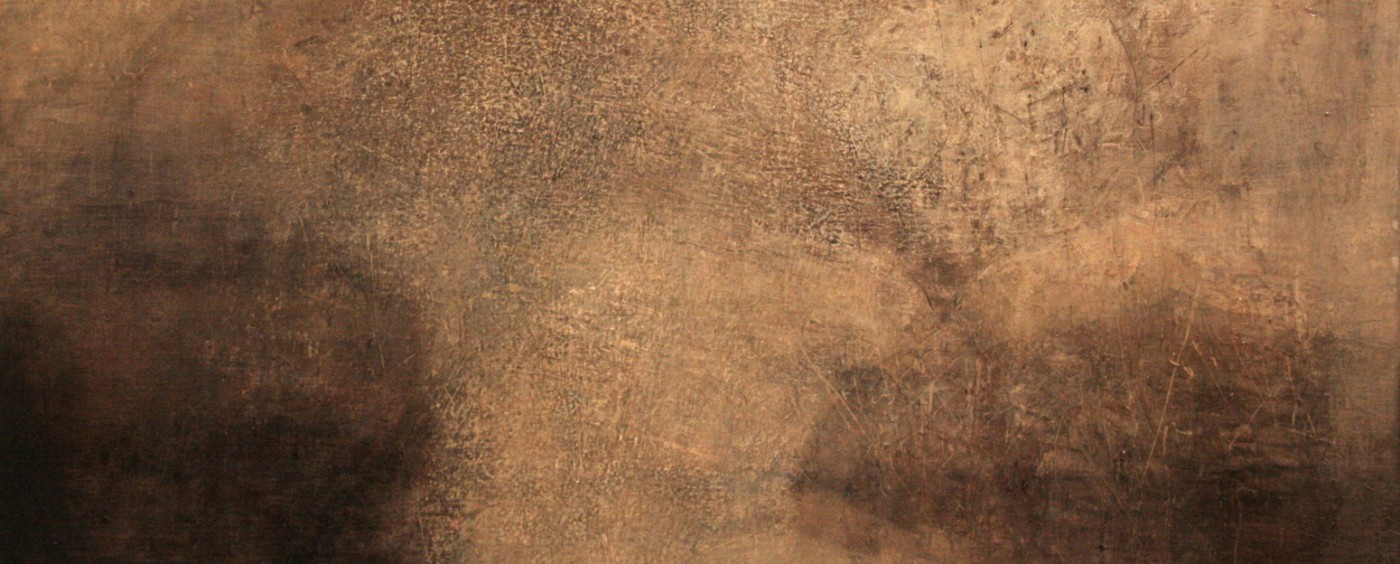At this exhibition, new works by the artist Kristbergur Pétursson will be displayed. Kristbergur has devoted himself for the most part to the painting from the beginning of the of the 1980s. He came forward as a part of a wave of artists that are linked to the new painting, a powerful new take on the painting that challanged and broke traditions.
It is appropriate that Kristbergur Ó. Pétursson‘s exhibition at Hafnarborg should follow on directly from a major retrospective of the work of Eiríkur Smith. While there is a considerable age difference between the two artists, they have much in common. Both have deep roots in the town of Hafnarfjörður, and both were vigorous participants in contemporary art during their formative years – Eiríkur as part of the abstract movement, Kristbergur among neoexpressionists and printmakers in the 1980s. And each of them, after changing course a number of times, ultimately marked out a path for himself outside the artistic mainstream, often focussing on the rugged lava landscape in and around their home town, Hafnarfjörður.
Otherwise, they differ in many ways. While Eiríkur approaches the nature he sees or recalls from outside, opens it wide, compresses it or piles it up in accord with the message he wishes to convey, all Kristbergur‘s energies go into exploring the life he perceives within nature. And his paintings may aptly be viewed in the context of the art of Jóhannes Sveinsson Kjarval in the 1930s and 40s. It was at that time that various beings in nature started to demand a place in the maestro’s landscapes: in these paintings, lava fields and stone cairns are under inner pressure – they swell and expand like membranes under stress, until the picture plane is inhabited with diverse creatures in human form.
In these works, Kjarval‘s view of nature is far more anthropomorphic than what we see in Kristbergur‘s paintings. The lava landscape is Kristbergur‘s main theme – yet he has little interest in its topography, symbolism or literal meaning for us who see the work. On the contrary, he strives to approach it on its own terms. Thus his paintings and watercolours are not simply portrayals of the phenomenon “lava,” but free variations “on” it – with the concomitant adjustments, simplifications and exaggerations. The objective is always to make it something live and active for us, the observers, simultaneously as lava, and as a work of art.
For Kristbergur the energy and power of the lava field consist in its response to light – swallowing it up where the fissures are deepest, moderating and muting it as it plays on the surface, softening it where it falls on moss, refracting it where the lava is at its most jagged. His view is that it is not due to the colour spectrum, but to the interaction of light and shade, that we perceive the “true face” of the lava. In the strictest sense his pictures are not painted using the basic units of the chromatic scale, but built up with paint, step by step, in accord with the principles of chiaroscuro and the methods of such classical masters as Leonardo, Velázquez and Rembrandt.
Each painting is enormously time-consuming, as the painter applies layer after layer, transparent or translucent, varying in thickness according to the quality of light or texture he wishes to achieve, or the space he seeks to create. These layers may number many dozens. Texture can also be achieved by roughening or scraping the painted surface in various ways, and then repainting at will.
In Kristbergur’s hands the dark and richly-textured picture plane comes to resemble an ancient translucent carapace or protective layer around the living innards which have no parallel in human anatomy – the opposite of what Kjarval achieved in his paintings, mentioned above. These innards are subject to their own laws – they are in constant motion, ever-changing, separating, colliding, dissolving. The miniature world of these works may be seen as reflecting the universe or macrocosmos with its endless distances and overwhelming powers.
Kristbergur’s works may also be viewed on the principles of vitalism – now, admittedly, discredited as science – which was an ideological holdfast for many abstract painters in the early 20th century. Art philosopher Herbert Read, for instance, maintained the importance of this theory, which in brief terms regarded the “organic sensibility” of each person, arising from many centuries of coexistence, as one of the essential pillars of abstract art. The artist transformed that sensibility into organic abstract art, which also reflected his perspective, as a thinking being, on the universe.
Whatever the value of such theories, it is safe to say that after many decades of coexistence with the lava of his home town, it has merged with Kristbergur’s very flesh and bone – and it informs all his views on nature and the universe.
Kristbergur Pétursson (f. 1962) has developed his art towards the abstract painting where colour flow and space seem to seek inspiration from dark nature scenes.
Text: Aðalsteinn Ingólfsson.
Translation: Anna Yates.




